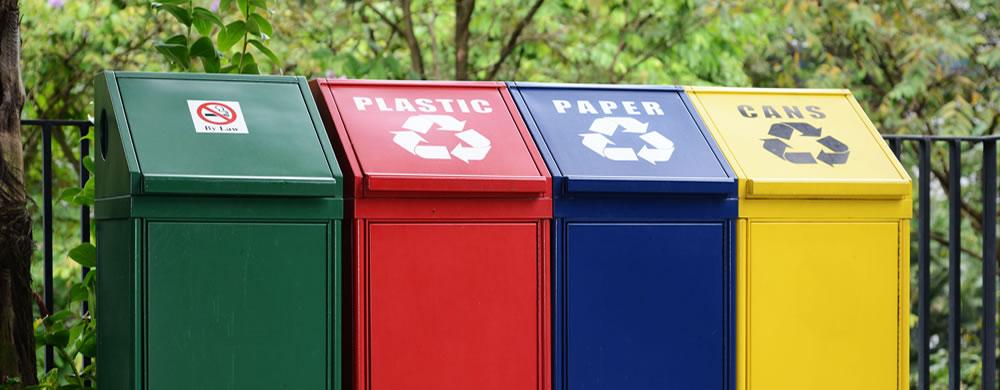Waste Management In USA

The majority of hazardous and municipal solid wastes are handled in land disposal facilities. Land disposal for dangerous and industrial wastes entails subsurface injection, surface impoundments, soil treatment, and land cropping.
Which Four Methods Of Trash Management Are There?
The three most popular waste management approaches are:
- Recycling.
- Incineration.
- Landfill.
- Reprocessing biologically.
- Feed for animals
277 million tonnes of garbage are produced by Americans alone each year (annually). The US government and environmental organisations have developed several strategies to address this pressing issue because this number is significantly higher than in any other country in the globe.
But what does Waste Management actually mean? The collection, transport, and disposal of trash, sewage, and other solid wastes can be summed up in the simplest terms.
Waste management entails handling both solid and liquid waste. It also provides a range of options for recycling goods that aren’t considered garbage during the process.
Thus, the entire concept is around recycling waste into a useful resource, which is crucial for all homes and companies given the state of the environment today.
The entire process of managing garbage, from generation to disposal, is referred to as waste management or waste disposal. Collection, transportation, treatment, and disposal of waste are all included, along with monitoring and regulation. Additionally, it includes the legal and regulatory framework related to waste management, which includes instructions on recycling, etc.
The Advantages Of Waste Control
Waste management and treatment have several advantages. We shall examine them more closely in this section.

Improved Environment
The eventual improvement of the environment and the improvement of air quality are probably the major benefits of waste management.
Units for disposing of waste also assist individuals stay healthy by preventing sickness. The best part is that while all of this is going on, the superfluous is being properly and hygienically disposed of.
To speed up the waste disposal process, more waste disposal units should be positioned in tier-1 and tier-2 cities. Long-term, this will also support the implementation of outstanding safety measures.
Lowers Pollution
In addition to eliminating subsequent waste, proper waste management also lessens the intensity and impact of hazardous greenhouse gases like carbon-di-oxide, carbon-mono-oxide, and methane that are frequently released from collected wastes in landfills.
Energy Is Conserved
One of the most important components of waste management is recycling, which over time aids in energy conservation. The practice of recycling paper is one of the biggest examples of this benefit.
Most of us are aware that producing paper requires the removal of thousands of trees. The need to cut down trees is greatly reduced when used paper is recycled to make new paper. This lessens your carbon footprint while preserving electricity.
Landfills
The most common waste disposal technique utilised nowadays is tossing daily waste and junk in landfills. Burying the waste in the ground is the main emphasis of this waste disposal procedure. In underdeveloped nations, landfills are frequently encountered.
Before garbage is buried, a procedure is employed to get rid of its smells and potential hazards.
While it is true that this method of garbage disposal is the most popular, it is by no means the only one and it may also require a variety of spaces.
However, due to a shortage of room and the existence of methane and other landfill gases, both of which can result in severe pollution issues, this strategy is becoming less and less popular nowadays.
